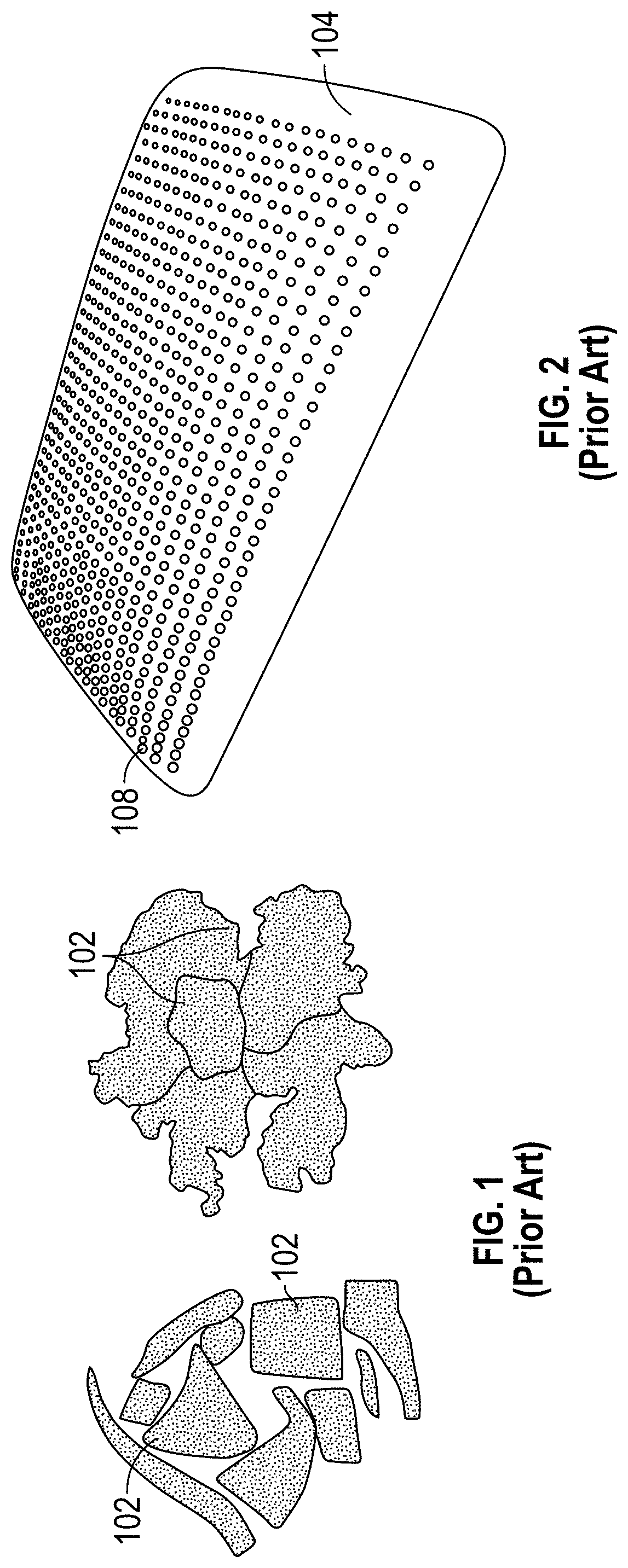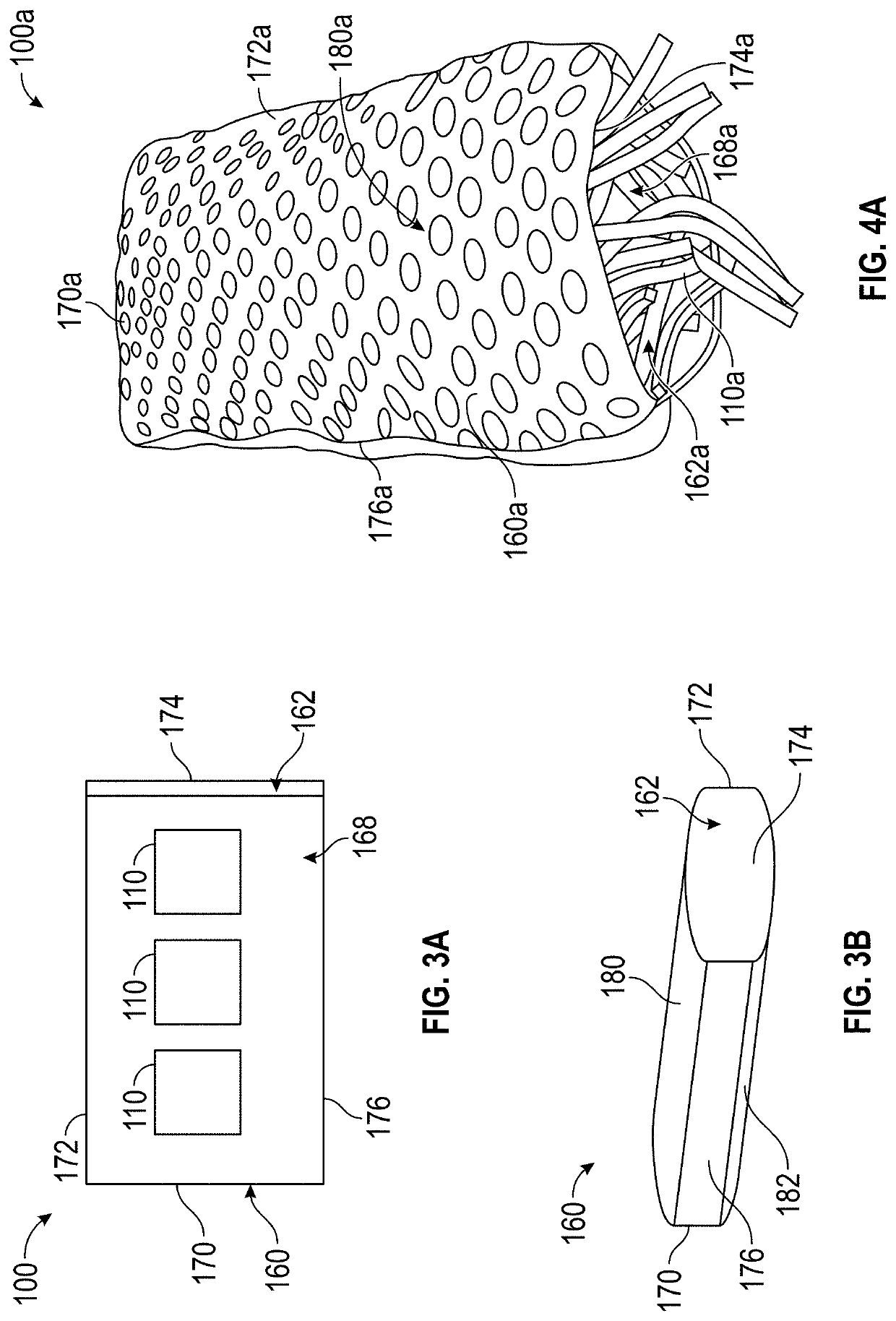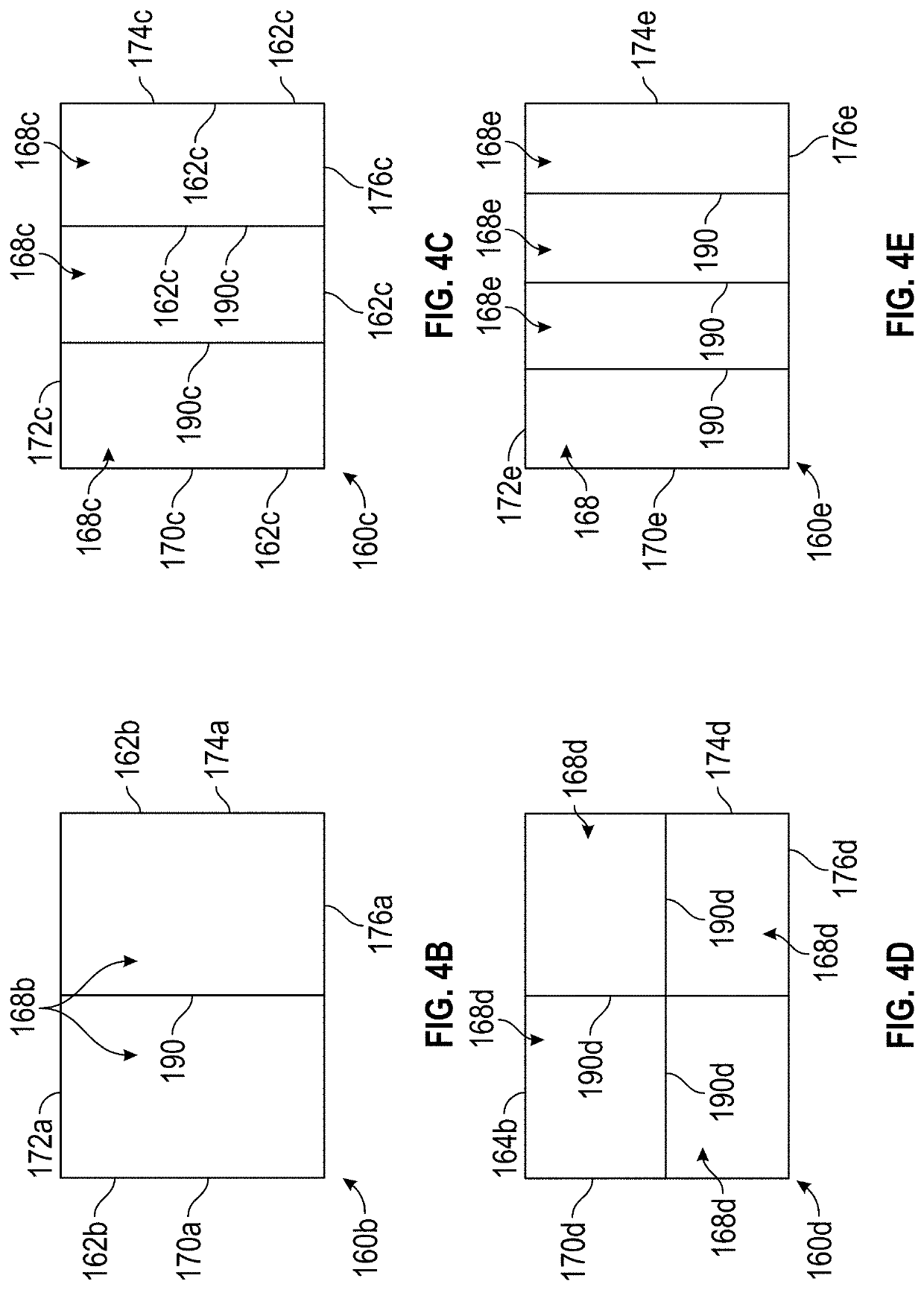Personal support device with elongate inserts
a technology of elongated inserts and support devices, which is applied in the field of personal support devices, can solve the problems of reducing reducing the life span of the elongated, and undesirable breakdown and release of dust, so as to reduce the cross-sectional area of the elongated, and generate less dus
- Summary
- Abstract
- Description
- Claims
- Application Information
AI Technical Summary
Benefits of technology
Problems solved by technology
Method used
Image
Examples
Embodiment Construction
[0050]The embodiments disclosed herein are described in the context of pillows used as bedding for supporting a user's head while lying down because they have particular utility in that context. However, the inventions disclosed herein can be used in other contexts as well, for example but without limitation, as cushions for seating such as on couches, chairs, animal bedding, bean bags, and other types of furniture.
[0051]Some of the currently available types of pillow inserts include, but not limited to, down inserts, feather inserts, polyester fiberfill inserts, shredded foam inserts, buckwheat hull inserts, microbead inserts, and kapok pillow inserts. These types of inserts suffer from various types of disadvantages. For example, Down and feather inserts require consistent fluffing, can be expensive, and can provide inconsistent level of support. Polyester fiberfill inserts can clump easily, can be potentially hazardous, and do not breathe well. Buckwheat hull inserts can be heavy...
PUM
 Login to View More
Login to View More Abstract
Description
Claims
Application Information
 Login to View More
Login to View More - R&D
- Intellectual Property
- Life Sciences
- Materials
- Tech Scout
- Unparalleled Data Quality
- Higher Quality Content
- 60% Fewer Hallucinations
Browse by: Latest US Patents, China's latest patents, Technical Efficacy Thesaurus, Application Domain, Technology Topic, Popular Technical Reports.
© 2025 PatSnap. All rights reserved.Legal|Privacy policy|Modern Slavery Act Transparency Statement|Sitemap|About US| Contact US: help@patsnap.com



